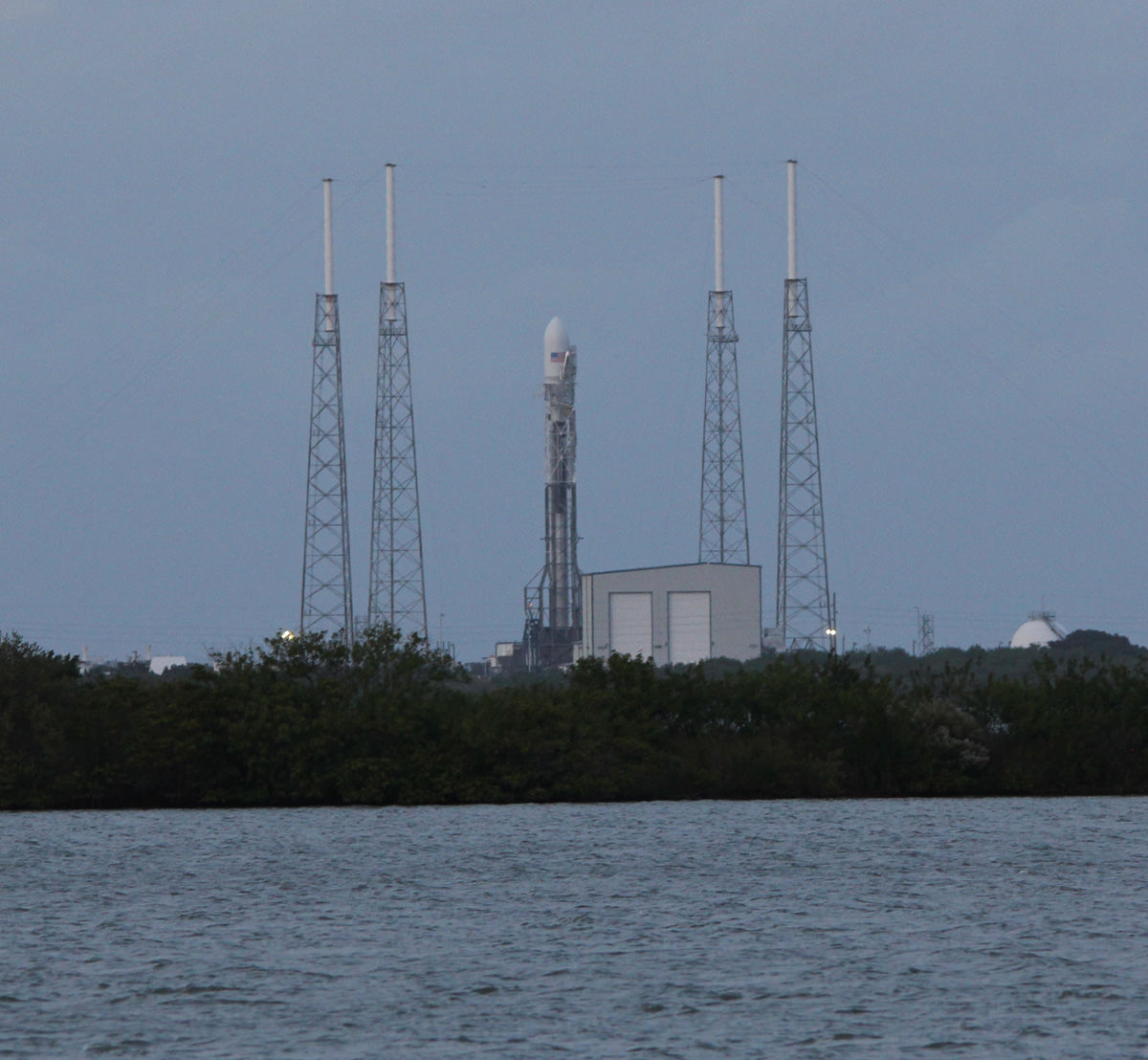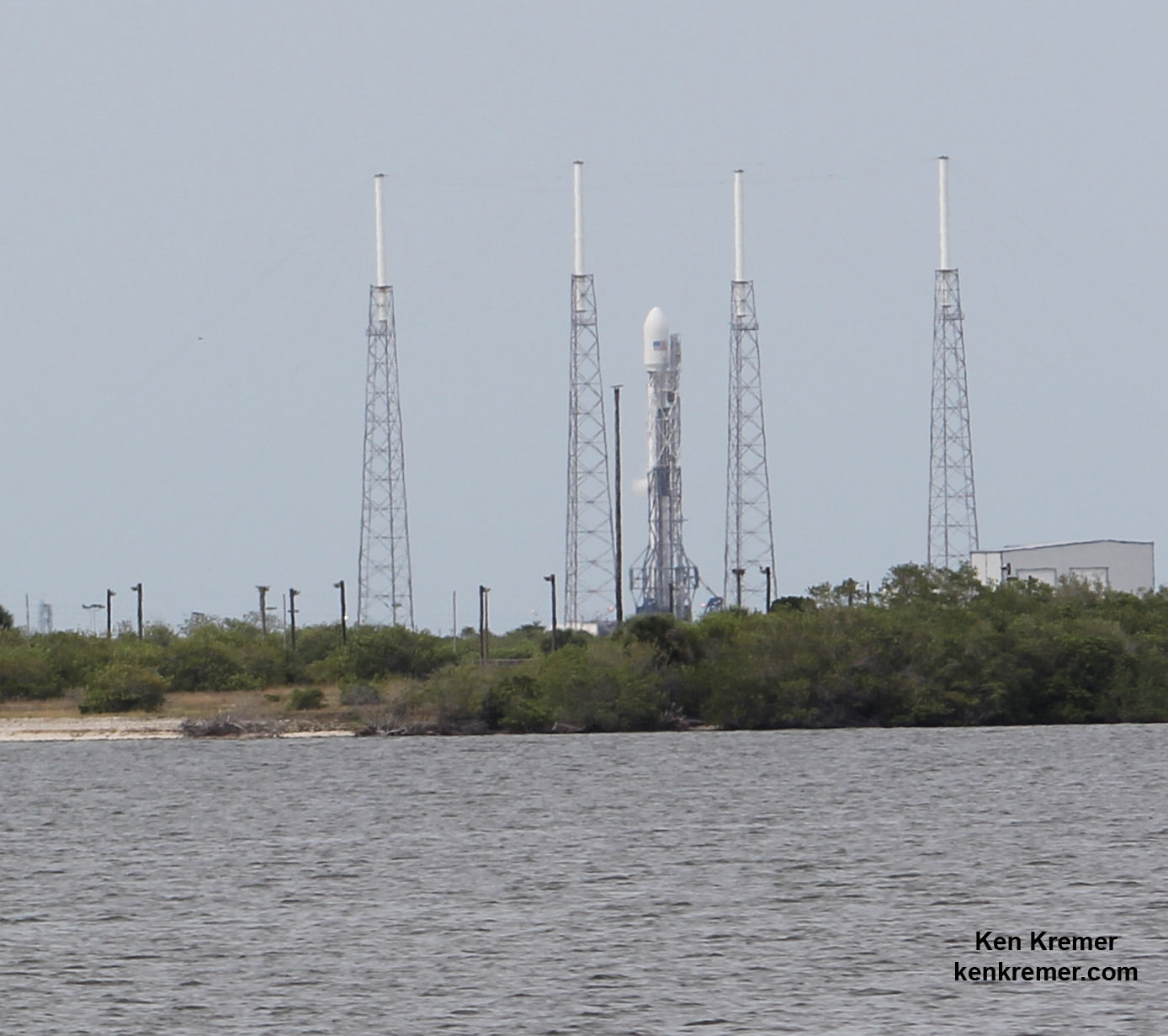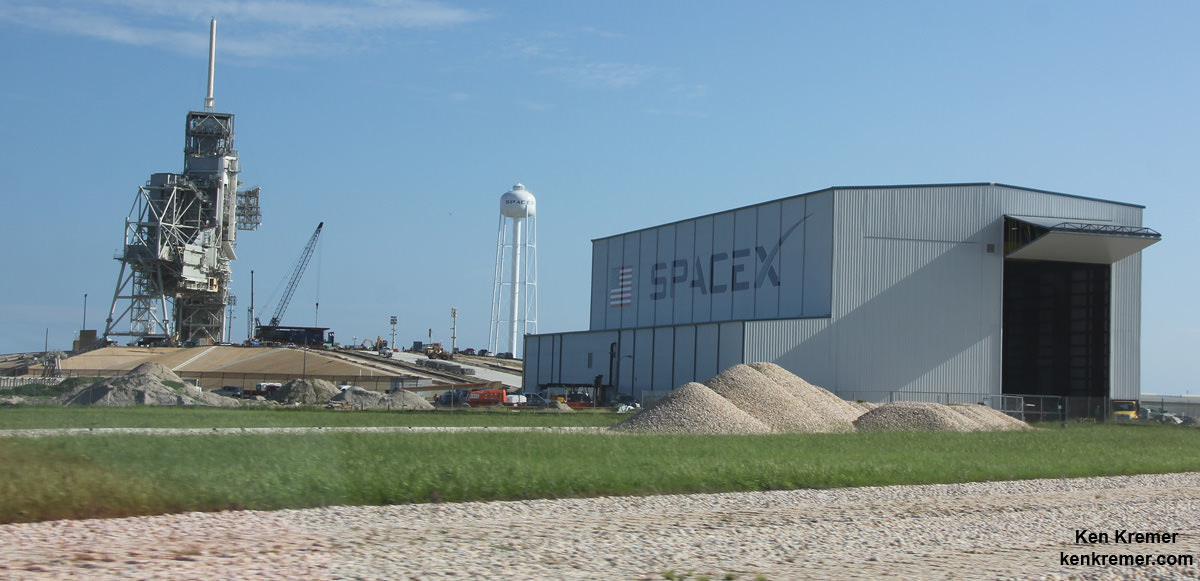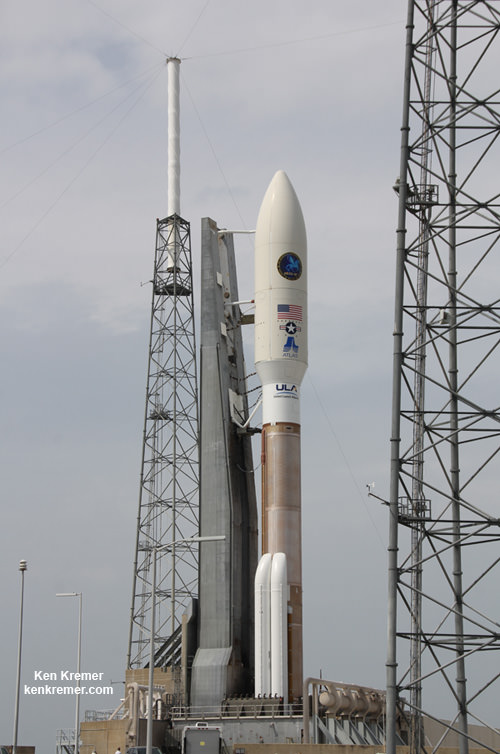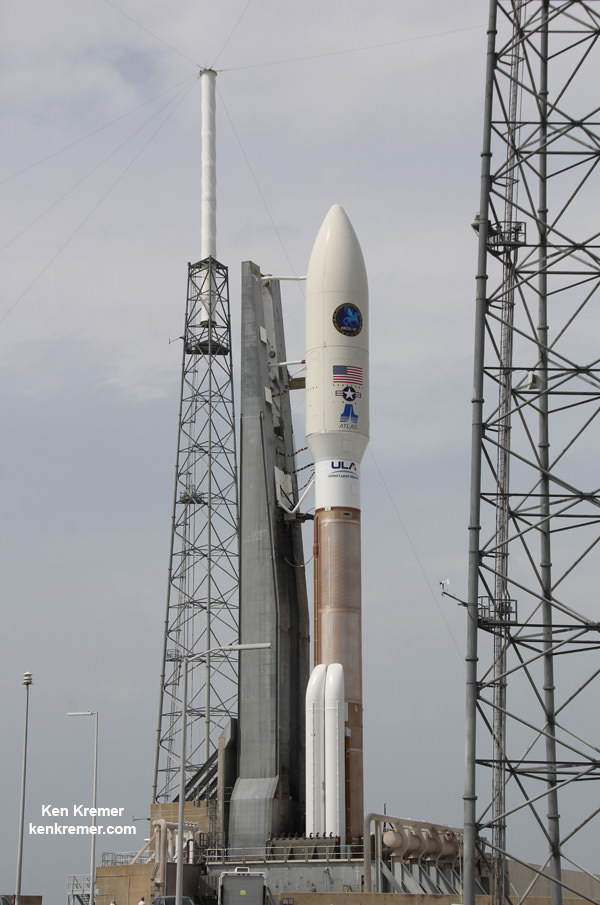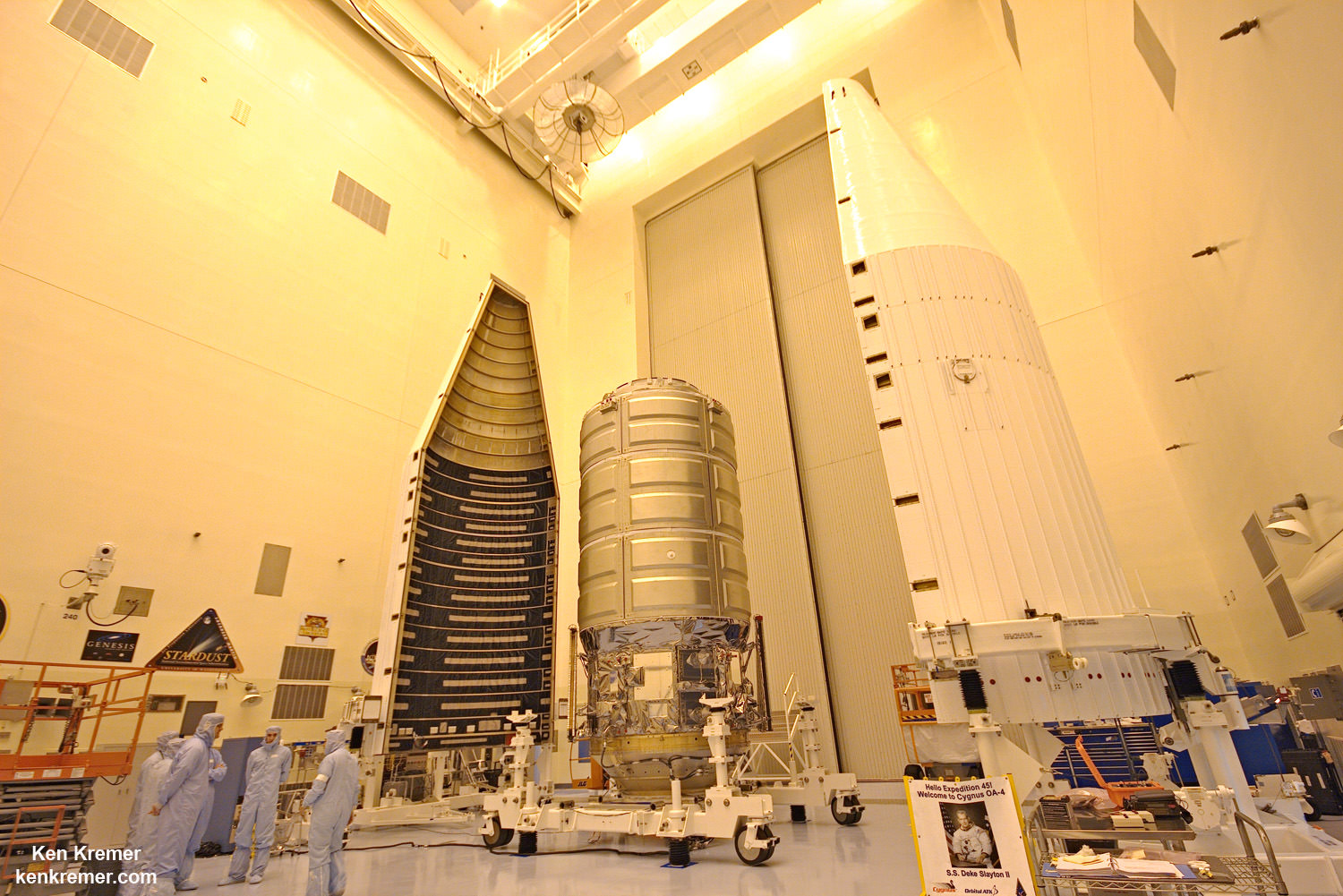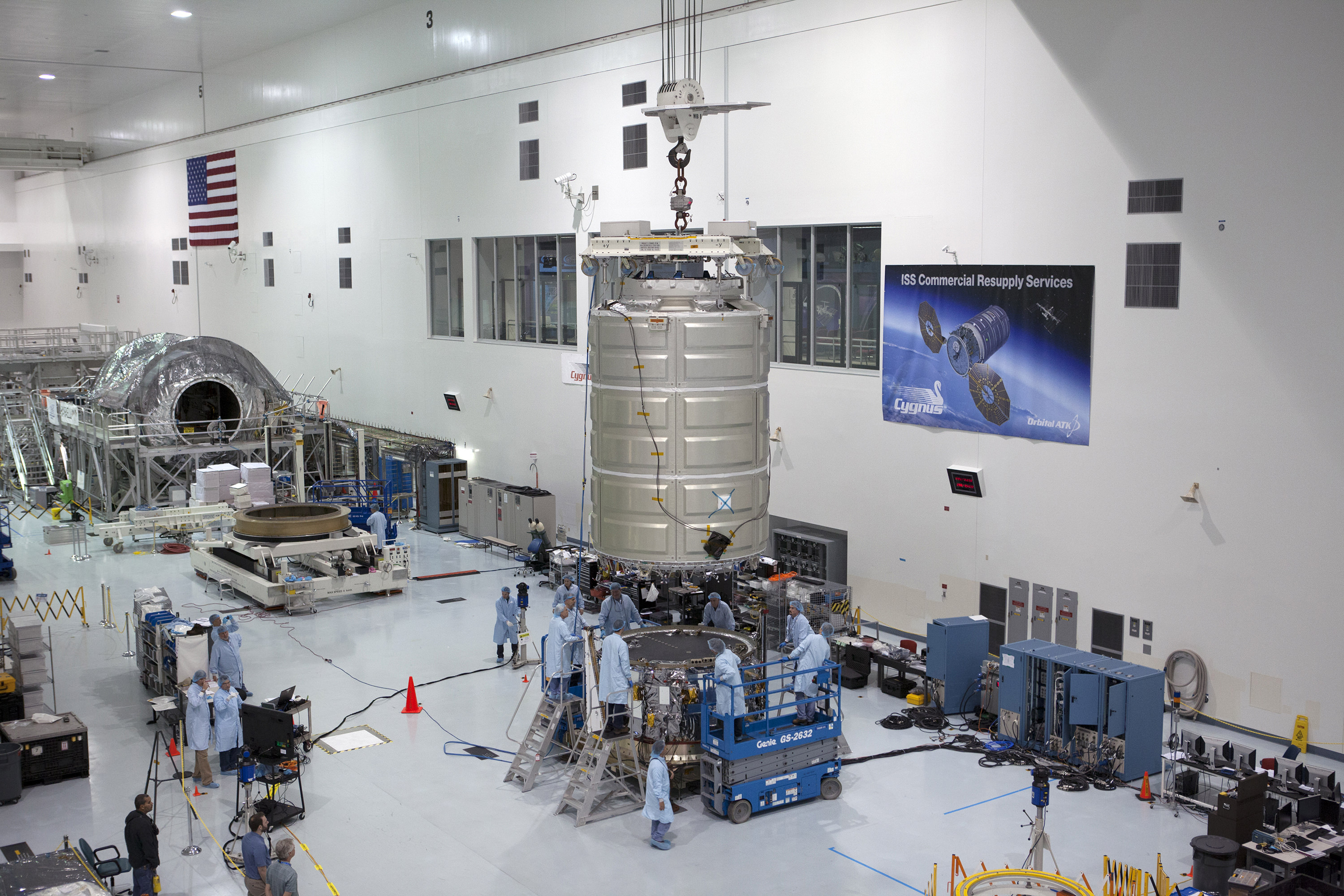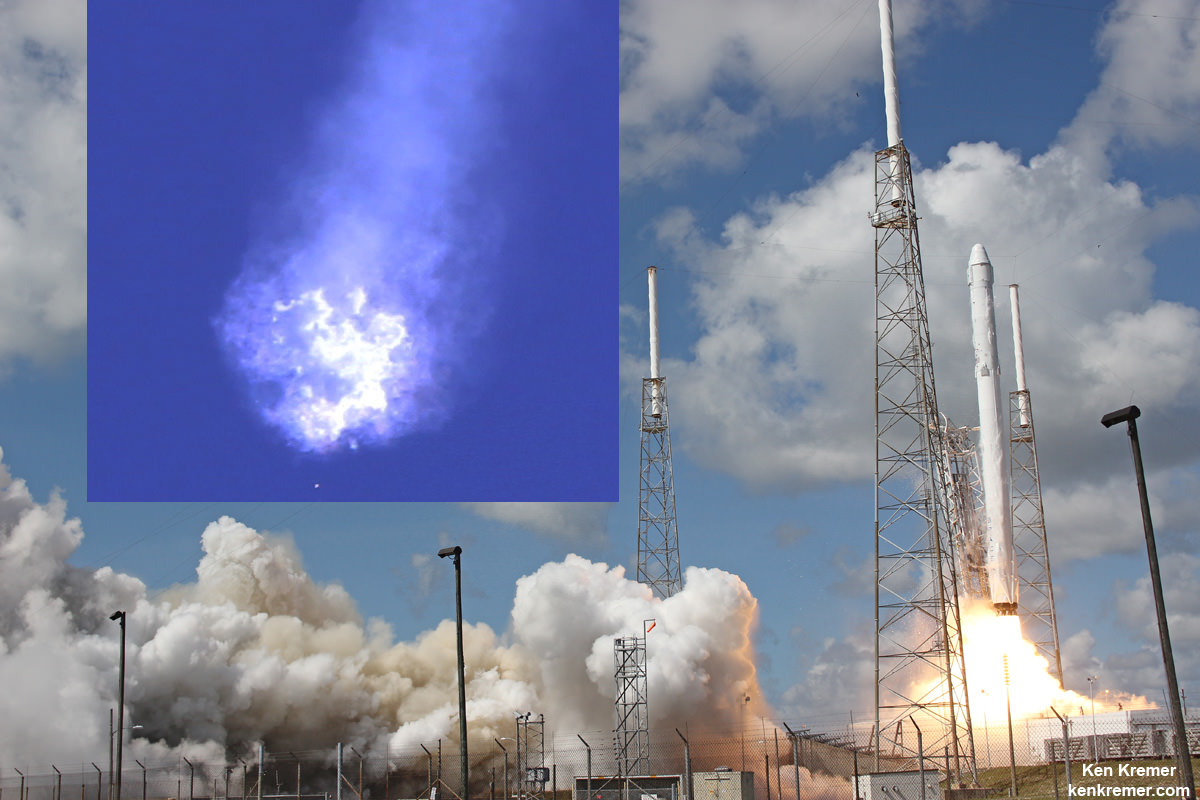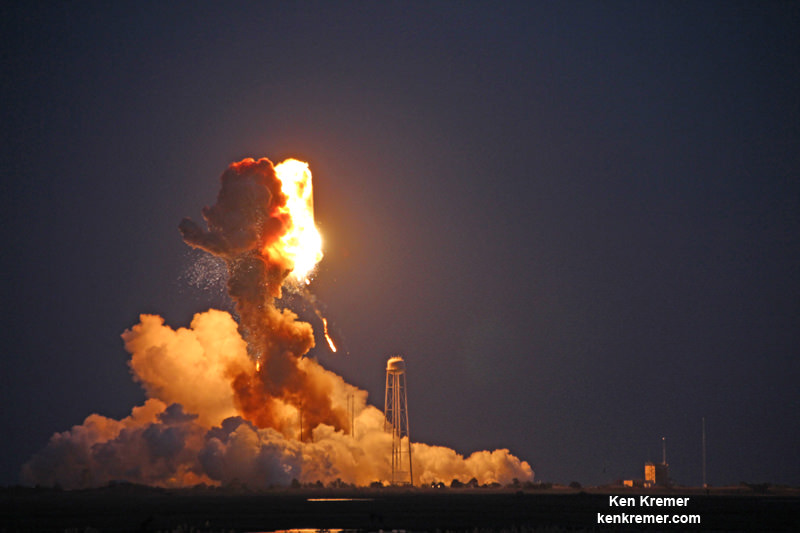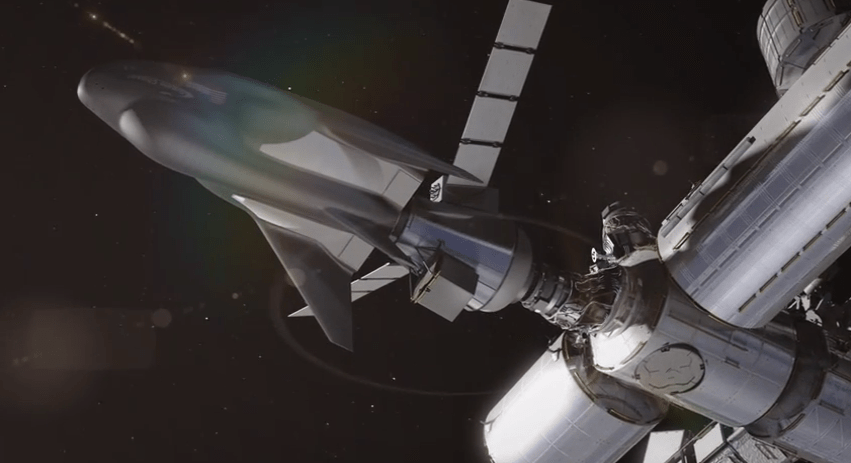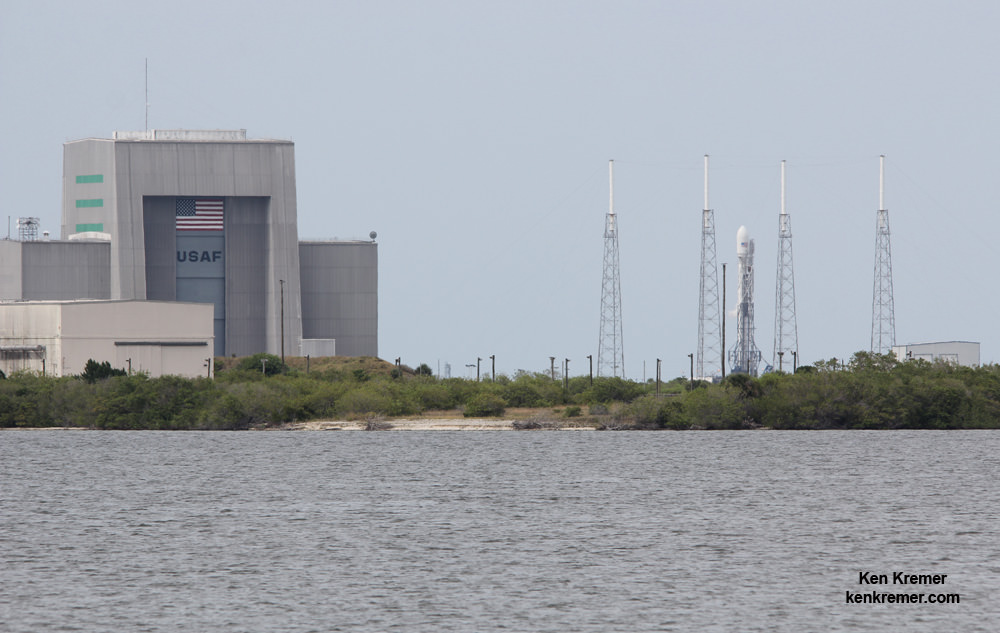All is “GO” in the final hours of the countdown to leading up to tonight’s, Dec. 21, the high stakes blastoff of an upgraded SpaceX Falcon 9 rocket from Cape Canaveral on its ‘Return to Flight’ mission carrying a flock of commercial satellites to orbit that also features a breathtaking and history making flyback of the rockets first stage to a soft landing on the ground that could open a majestic era of Rocket Reusability – if all goes well.
Local space coast area residents might hear a sonic boom as the first stage propulsively steers back to Cape Canaveral.
The timing of Monday’s dramatic night launch of the 229 foot tall Falcon 9 rocket with a fleet of eleven commercial communications satellites for Orbcomm from Space Launch Complex-40 (SLC-40) on Cape Canaveral Air Force Station, Fla. has been revised to 8:29 p.m. EST.
Liftoff of the two stage Falcon 9 is slated for the opening of a newly revised and slight longer launch window which extends for five minutes under currently cloudy Florida skies.
You can watch the dramatic events unfold via a live SpaceX webcast available at SpaceX.com/webcast.
The SpaceX webcast is planned to start about 25 minutes before liftoff, beginning at approximately 8:10 p.m. ET on Dec. 21.
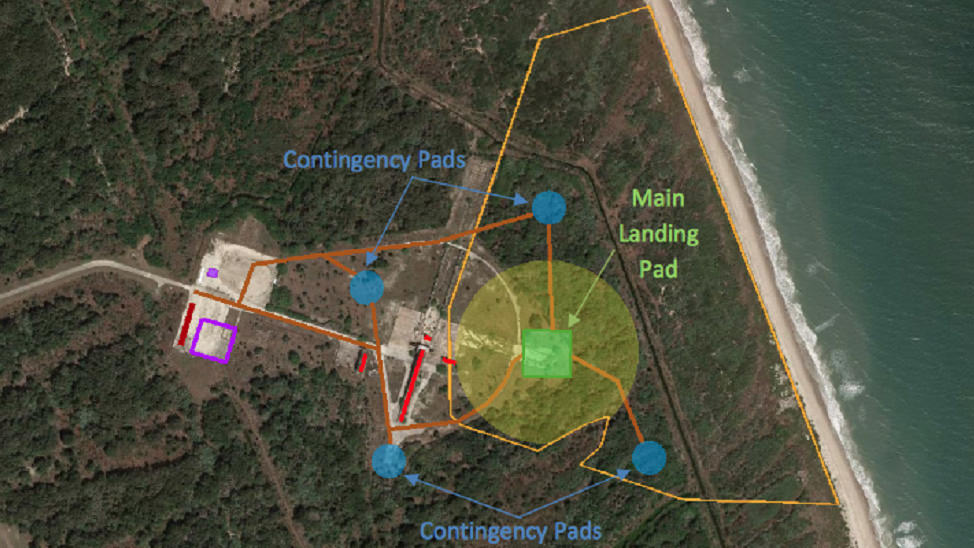
Air Force meteorologists are currently predicting an 80 percent chance of favorable weather conditions at launch time.
The SpaceX Falcon 9 rocket will deliver 11 satellites to low-Earth orbit for ORBCOMM, a leading global provider of Machine-to-Machine (M2M) communication and Internet of Things (IoT) solutions.
The history making landing attempt of the boosters first stage back at the Cape at Landing Zone 1 would come after high altitude separation from the upper stage and around 10 minutes after launch, and has gathered significant notoriety.
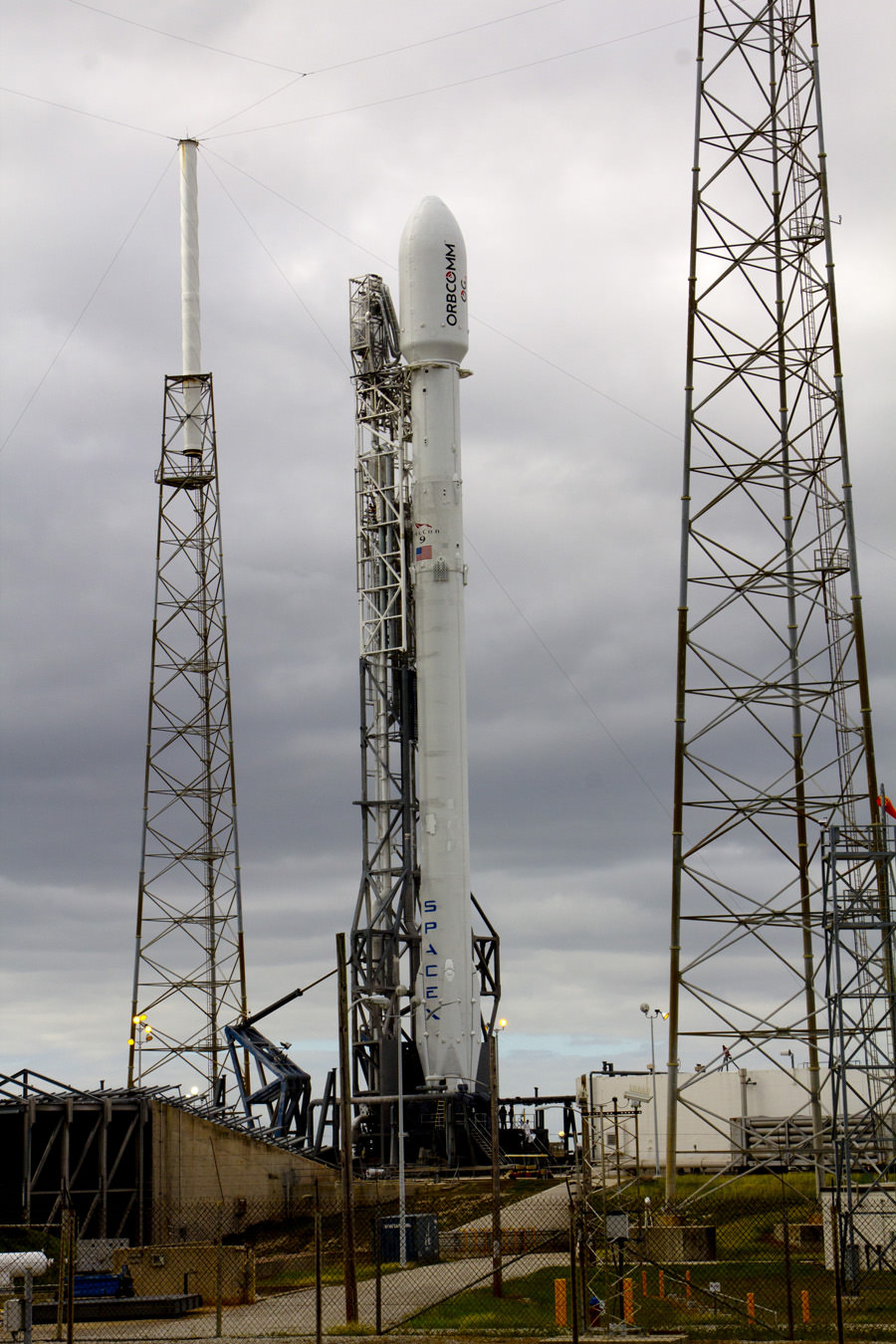
The goal is to recover and eventually reuse the boosters in order to significantly cut the cost of access to space, as often stated by SpaceX CEO Elon Musk.

Here is the Mission Timeline from SpaceX
COUNTDOWN
Hour/Min Events
– 00:34 Launch Conductor takes launch readiness poll
– 00:30 RP-1 (rocket grade kerosene) and liquid oxygen (LOX) loading underway
– 00:10 Falcon 9 begins engine chill prior to launch
– 00:02 Range Control Officer (USAF) verifies range is go for launch
– 00:01:30 SpaceX Launch Director verifies go for launch
– 00:01 Command flight computer to begin final prelaunch checks
– 00:01 Pressurize propellant tanks
– 00:00:03 Engine controller commands engine ignition sequence to start
00:00:00 Falcon 9 liftoff
LAUNCH AND FIRST-STAGE LANDING
Hour/Min Events
00:01 Max Q (moment of peak mechanical stress on the rocket)
00:02:20 1st stage engine shutdown/main engine cutoff (MECO)
00:02:24 1st and 2nd stages separate
00:02:35 2nd stage engine starts
00:03 Fairing deployment 00:04 1st stage boostback burn
00:08 1st stage re-entry burn
00:10 2nd stage engine cutoff (SECO)
00:10 1st stage landing
00:15 ORBCOMM satellites begin deployment
00:20 ORBCOMM satellites end deployment
00:26 1st satellite completes antenna & solar array deployment & starts transmitting
00:31 All satellites complete antenna & solar array deployment & start transmitting
Technicians will load the rocket with liquid oxygen and RP-1 propellants.
The primary mission is to carry a payload of eleven small commercial communications satellites for Orbcomm on the second OG2 mission. They are fueled and stacked on the satellite dispenser and encapsulated inside the payload fairing.
The secondary test objective of SpaceX is to land the Falcon 9 rockets first stage on land by a pinpoint propulsive soft landing for the first time in history at SpaceX’s Landing Zone 1 complex, located several miles south of launch pad 40 at Cape Canaveral.
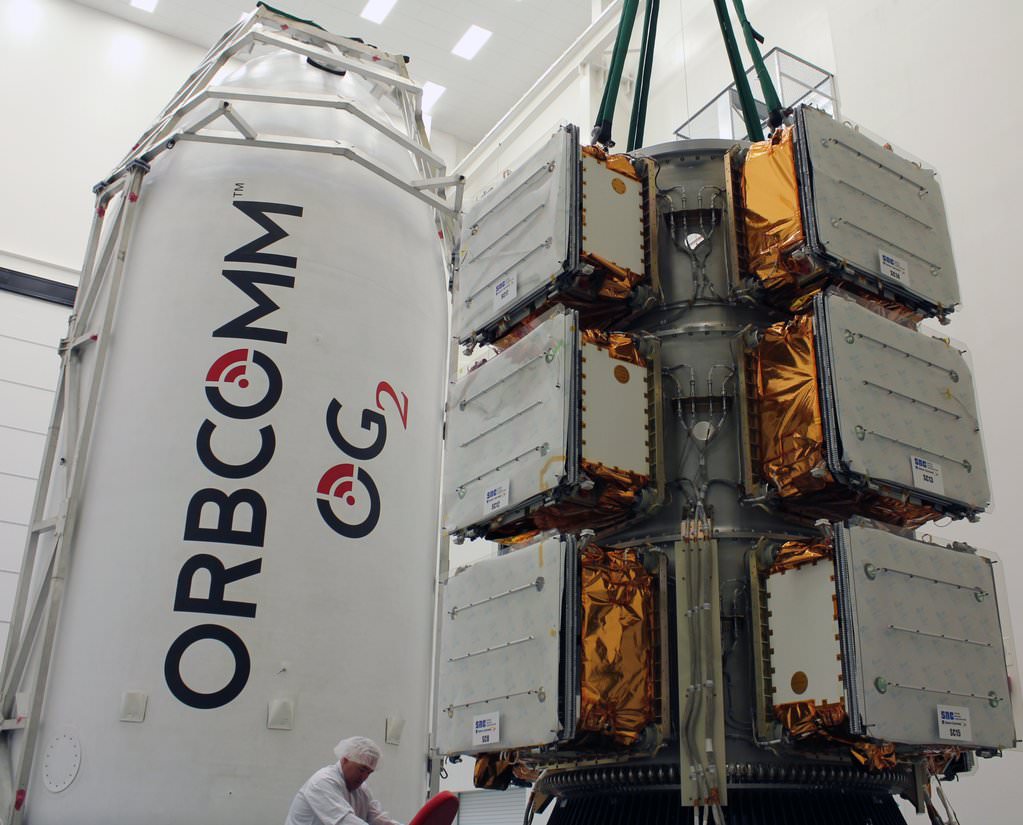
Stay tuned here for Ken’s continuing Earth and planetary science and human spaceflight news.




